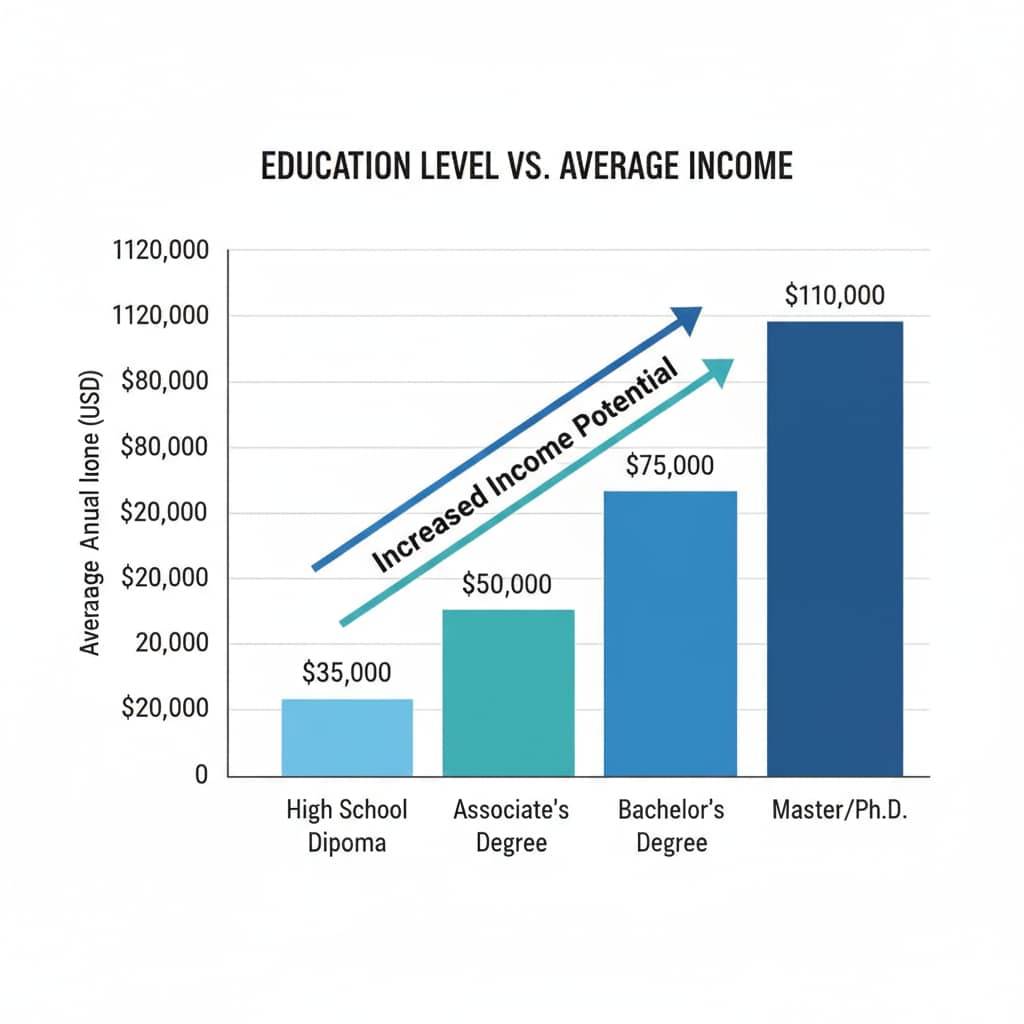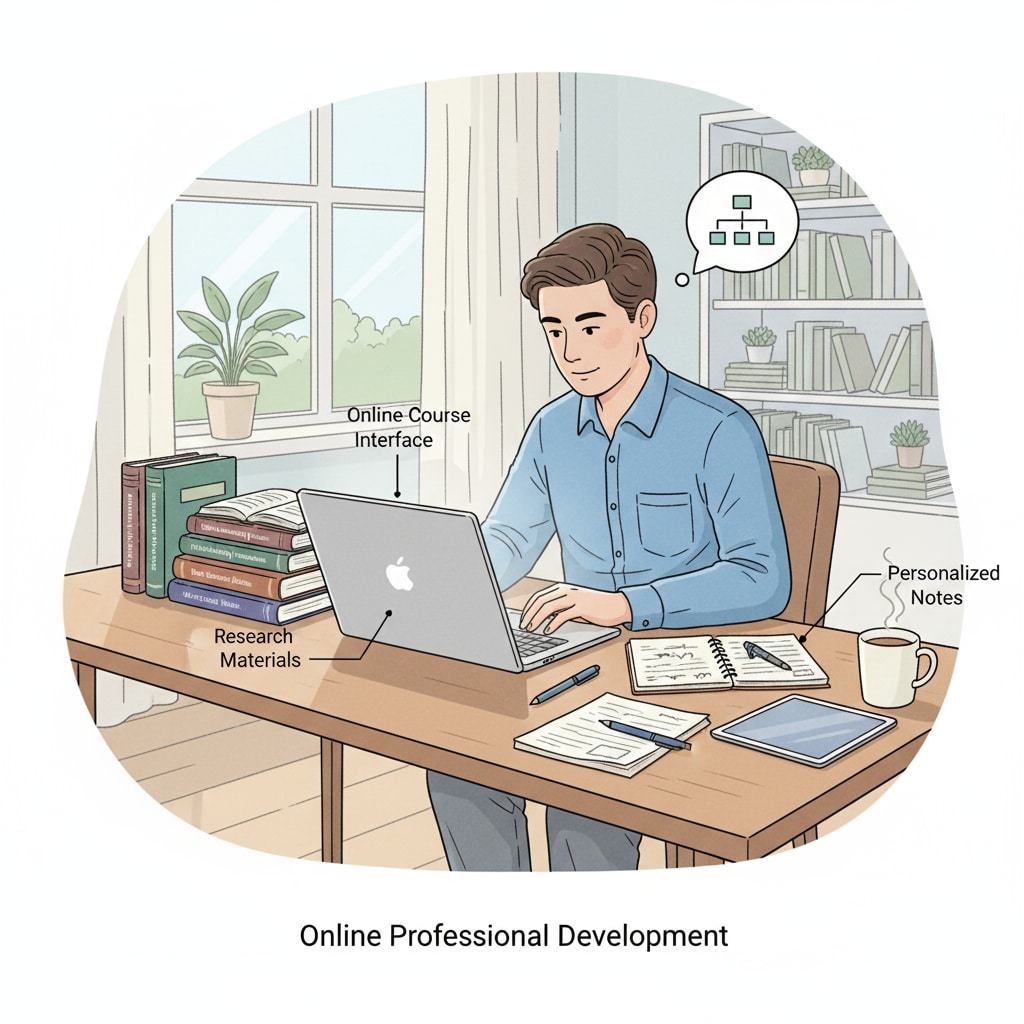In the dynamic landscape of the modern workplace, the concepts of education requirements, career development, and continuing education have become crucial for professionals seeking to stay competitive. Many individuals find themselves in a situation where they have an unfinished education but still aspire to climb the career ladder. This article aims to provide valuable insights and practical strategies for such working professionals.
The Impact of Education on Career Development
Education is often a significant determinant of career opportunities. Higher education levels can open doors to more senior positions, higher salaries, and greater job security. For example, a study by the Bureau of Labor Statistics shows that individuals with a bachelor’s degree or higher tend to have lower unemployment rates and higher earnings compared to those with only a high school diploma. However, it’s important to note that education isn’t the only factor; skills, experience, and soft skills also play vital roles.

Options for Continuing Education
There are several paths available for working professionals to complete their education. Online degree programs have gained immense popularity in recent years. Institutions like UMass Online offer a wide range of degree courses that can be completed at one’s own pace. This flexibility allows individuals to balance work commitments with their studies. Another option is part-time or evening classes at local colleges or universities. These are ideal for those who prefer a more traditional classroom setting but still need to work during the day.

Vocational training and certification programs are also great alternatives. They focus on specific skills relevant to a particular industry. For instance, obtaining a project management certification can enhance one’s prospects in the business world. These programs are often shorter in duration and more focused on practical application.
Readability guidance: As seen above, we use short paragraphs to clearly convey ideas. Lists can be used to further break down information. For example, when discussing options for continuing education, we can list different types of programs. Transition words like ‘however’, ‘for instance’, and ‘also’ are used to make the flow of the text smooth.


